Want to capture the real you in a photo? Most people think a portrait is just standing still and smiling. But that’s just the beginning.
Photos can tell your full story – who you are, what you love, and how you feel – if you choose the right style. Finding the perfect portrait type means showing your true self to the world.
Different portrait styles reveal different parts of your personality. From clean professional headshots to artistic concept images, each approach brings out something unique about you.
This guide walks you through 14 portrait styles that go beyond basic snapshots. You’ll learn which type matches your story and how each one speaks in its own visual language.
Ready to find the portrait style that truly captures you?
14 Types of Portrait Photography to Experiment With
Learn powerful portrait styles that turn simple faces into visual stories—from classic studio shots to bold artistic concepts. Each technique reveals something different about your subject, helping you capture not just how people look, but who they truly are.
Try these approaches to add depth and feeling to your photography and create images that speak without saying a word.
1. Classic Portrait Photography
This style features formal, clean photos of people. The photographer sets up lights and poses the subject carefully. These shots catch the true nature of a person with plain backgrounds and clear focus on the face.
The formal look works well for job photos and family pictures that will last for years. Photographers use good framing and eye contact to show who someone really is. This style stays popular because it shows people at their best. The simple setup helps viewers focus only on the person without any extra things in the shot.
-
Studio Portraits: Traditional poses in a controlled studio setting.
-
Formal Portraits: Posed, elegant shots typically for professional or family use.
-
Classic Headshots: Focused on the subject’s face, often used for business or personal branding.
2. Environmental Portrait Photography
These portraits show people in their own spaces like homes or work areas. The background tells more about who the person is and what they do each day.
You can see a baker in their kitchen or a painter in their studio with all their tools around them. These photos tell a fuller story than plain headshots. The setting adds meaning to the image. This style helps viewers understand both the person and their life situation.
These shots feel more real because the subjects are where they belong. The rooms and objects add layers to the story.
-
Workplace Portraits: Capturing the subject in their professional environment.
-
Home Portraits: Shooting in a subject’s home to show personality through space.
-
Outdoor Portraits: Environmental portraits set in nature or urban environments that reflect the subject’s lifestyle.
3. Candid Portrait Photography
These shots catch people in real moments without poses. The photographer waits for natural expressions and actions instead of giving directions.
You might see a child laughing or someone lost in thought. These pictures show how people truly are when they don’t know the camera is there.
The feelings look real because they are real. This style works great for family events and street photos. The best candid shots reveal character through small moments. These images feel like looking through a window into someone’s real life.
-
Street Photography: Capturing people naturally while they’re out in public.
-
Event Photography: Candid shots taken at parties, weddings, or gatherings.
-
Documentary-Style Portraits: Telling a person’s story through unposed moments.
4. Editorial Portrait Photography
This style comes from magazine and news photos. The shots often follow a theme or tell a story about the person. Photographers plan these carefully with special lighting and sometimes props.
The images might show a business owner, a chef, or an artist in a way that fits a news story. These portraits mix good lighting with a news angle. This style aims to grab attention while sharing facts. The images need to look good but also match the tone of the story they go with. You often see these in print and online articles.
-
Fashion Editorials: Styled and posed photoshoots for magazines or websites.
-
Lifestyle Editorials: More casual, yet curated shots often used for online content.
-
Conceptual Editorials: Highly creative, often surreal or artistic portrait setups.
5. Black and White Portrait Photography
Taking away color lets viewers focus on faces, shapes, and feelings. These photos use light and shadow to create mood without the distraction of color.
The style brings out skin texture, eye expression, and small details. Many find these shots more moving than color ones. The lack of color gives the images a timeless quality. This approach works for serious topics and emotional moments.
Photographers use contrast to make features stand out. These portraits often feel more artistic and less like everyday snapshots. The simplicity makes them strong.
-
High-Contrast Black and White: Focuses on stark contrasts to emphasize shadows and highlights.
-
Soft Focus Black and White: Uses softer lighting and focuses on delicate details and textures.
-
Film-Look Black and White: Mimics the grainy aesthetic of vintage film photography.
6. Conceptual Portrait Photography
These portraits build around ideas rather than just showing how someone looks. The photographer starts with a concept and creates an image to match it.
Props, unusual settings, and special effects help tell the story. You might see someone floating, wearing strange clothes, or placed in made-up scenes. These images stretch what portraits can be. This style lets both the subject and the photographer express big ideas.
The photos often make viewers think or feel something strong. These aren’t meant to look real but to share thoughts in visual form.
-
Fantasy Portraits: Imaginative setups involving costumes and surreal settings.
-
Surrealist Portraits: Combining unexpected elements and techniques to create dreamlike compositions.
-
Narrative Portraits: Using visual storytelling and symbolism to communicate a message or theme.
7. Fine Art Portrait Photography
This approach treats portraits as art pieces first and records of people second. The photographer pays extra attention to light, framing, and mood.
These images might hang in galleries or art books rather than family albums. The artistic choices matter as much as the person in the photo. This style often breaks normal portrait rules on purpose. The shots might blur lines between portrait and other art forms.
Fine art portraits make statements beyond just showing what someone looks like. The images aim to move viewers on deeper levels.
-
Minimalist Fine Art: Simple, clean portraits with a focus on composition and light.
-
Abstract Portraiture: Focusing on non-literal representations or fragmented imagery.
-
Cinematic Fine Art: Using lighting and angles to create dramatic, film-inspired portraits.
8. Self-Portrait Photography
When photographers turn cameras on themselves, they create these personal images. The artist controls every part of the process without needing help.
These shots often explore big questions about identity and self-image. The same person plans, poses, and takes the photo. This style has a long history from painters to modern selfies. These portraits let artists show themselves how they want to be seen.
The personal nature makes them different from other portrait types. Many famous art pieces come from photographers looking at their own faces.
-
Creative Self-Portraits: Experimenting with props, lighting, or editing to convey personal expression.
-
Introspective Self-Portraits: Using the medium for self-reflection and capturing one’s emotions.
-
Conceptual Self-Portraits: Incorporating deep personal themes and symbolism.
9. Fashion Portrait Photography
These photos put equal focus on the person and what they wear. The style highlights clothing details, style choices, and how fashion shapes identity.
Models pose to show the clothes in the best way while still looking natural. These shots need good lighting to show fabric textures and colors. This approach works for fashion brands and style magazines.
The images try to make viewers want both the clothes and the lifestyle they suggest. Fashion portraits balance showing the person and what they’re wearing. Good ones make you notice both.
-
High-Fashion Portraits: Artistic, glamorous shots often showcasing designer pieces.
-
Street Style Portraits: Casual, on-the-go portraits focusing on everyday fashion trends.
-
Beauty and Makeup Portraits: Close-ups emphasizing makeup, hairstyles, and fashion accessories.
10. Family Portrait Photography
These group shots show family bonds and connections. Photographers arrange people to show their relationships to each other.
Parents might hold children or siblings might stand close together. These photos save family moments for future years. The best ones catch the special feeling of belonging to a group. This style needs good planning to make everyone look their best.
The images become more valuable as time passes. Family portraits work for holiday cards, wall frames, and memory books. They help tell the story of a family through time.
-
Generational Portraits: Capturing multiple generations in a single frame.
-
Candid Family Portraits: Less posed, more natural shots of family interactions.
-
Newborn Family Portraits: Special shots for families with newborns or young children.
11. High Key Portrait Photography
This bright style uses lots of light and white backgrounds. The photos look clean with few shadows and an open feeling. Faces appear smooth and friendly in this kind of lighting.
This approach creates a happy, light mood in the final image. Many business photos use this style for its professional, open look. The bright setting makes people appear more friendly. Photographers need special lights to create this effect properly.
The style works well for positive subjects and upbeat stories. These portraits stand out for their clean, fresh appearance.
-
Bright Background High Key: Use of white or light backgrounds to create a clean, airy feel.
-
Soft High Key Lighting: Gentle, diffused lighting that adds a soft, flattering glow to the subject.
-
High Key in Studio: Controlled lighting to create an almost ethereal look with minimal shadows.
12. Low Key Portrait Photography
This dark style uses shadows and small light areas for strong effect. The photos look serious with deep blacks and striking highlights. Only parts of the face or body catch the light while the rest falls to darkness.
This creates a sense of mystery in the final image. The style suits serious topics and strong emotions. Faces gain extra depth through the play of light and dark. This approach has roots in old painting styles.
The strong contrast makes these portraits eye-catching and full of feeling. They often express deeper emotional states.
-
Dark Background Low Key: Focuses on the subject with minimal light and high contrast.
-
Moody Lighting: Using shadows and highlights to create deep emotional impact.
-
High Contrast Low Key: Dramatic portraits with deep blacks and bright highlights to emphasize form.
13. Vintage Portrait Photography
This style copies the look of old photos from past decades. Photographers use special gear, clothes, and editing to create a time-gone-by feeling.
The images might look slightly faded, tinted, or grainy on purpose. This approach taps into feelings about the past. Props like old cars or antique furniture help complete the time travel effect.
The style appeals to those who love history or old movies. These portraits play with our sense of time. They make new photos look like treasured old ones found in an attic box.
-
Retro-Themed Portraits: Styled with vintage clothing, makeup, and props from specific eras.
-
Sepia-Toned Portraits: Using sepia or warm tones to give a nostalgic, old-fashioned feel.
-
Film-Style Vintage Portraits: Mimicking the grain and texture of old-fashioned film photography.
14. Natural Light Portrait Photography
This style skips studio lights for sunshine or indoor window light. The photos look more real with softer shadows and true-to-life colors.
Photographers find the right time of day and good spots where light falls nicely.
Cloudy days often work best for even, kind light on faces. This approach feels less forced than studio work. The style suits outdoor family shots and casual headshots.
The natural feel makes people look more like themselves. These portraits connect to the real world because they use its actual light. The results feel honest and clean.
-
Golden Hour Portraits: Utilizing the warm, soft light during sunrise or sunset for flattering, dreamy photos.
-
Window Light Portraits: Using natural light from windows for soft, intimate lighting.
-
Outdoor Natural Light Portraits: Taking advantage of daylight in nature to create relaxed, organic portraits.
What Is the Best Lens for Portrait Photography?
Portrait photography benefits from several lens options, each offering different strengths depending on your style and shooting conditions.
The 85mm prime lens is widely considered the gold standard for portraits. It provides ideal compression that flatters facial features while maintaining a comfortable working distance between you and your subject. This focal length produces a pleasing background blur (bokeh) that helps isolate your subject.
The 50mm prime (often called the “nifty fifty”) offers versatility at a lower price point. On full-frame cameras, it closely mimics what the human eye sees, creating natural-looking portraits.
For tighter headshots, a 135mm lens excels at creating dramatic compression and beautiful background separation.
For environmental portraits that include more surroundings, a 35mm lens lets you capture both subject and context.
Consider these factors when choosing:
- Your typical shooting distance
- The amount of background you want to include
- Indoor vs. outdoor shooting conditions
- Your camera’s sensor size (crop factor)
The perfect portrait lens balances optical quality with your specific photography style and needs.
Conclusion
Photos tell stories in ways words cannot. Each portrait style we’ve explored offers a unique way to share who you really are.
Which style caught your eye? Perhaps you’re drawn to the honesty of candid shots or the drama of low-key lighting. Maybe you see yourself in an environmental portrait that shows your daily life.
The best portrait doesn’t just show your face – it captures your essence. It answers both “who are you?” and “why should we care?”
Try different approaches. Mix classic poses with natural lighting or combine vintage styling with modern settings. There’s no wrong answer when it’s your story.
Ready to put these ideas into action? Pick a style that speaks to you and schedule a photo session. Your story deserves to be told.
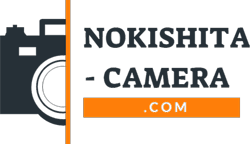
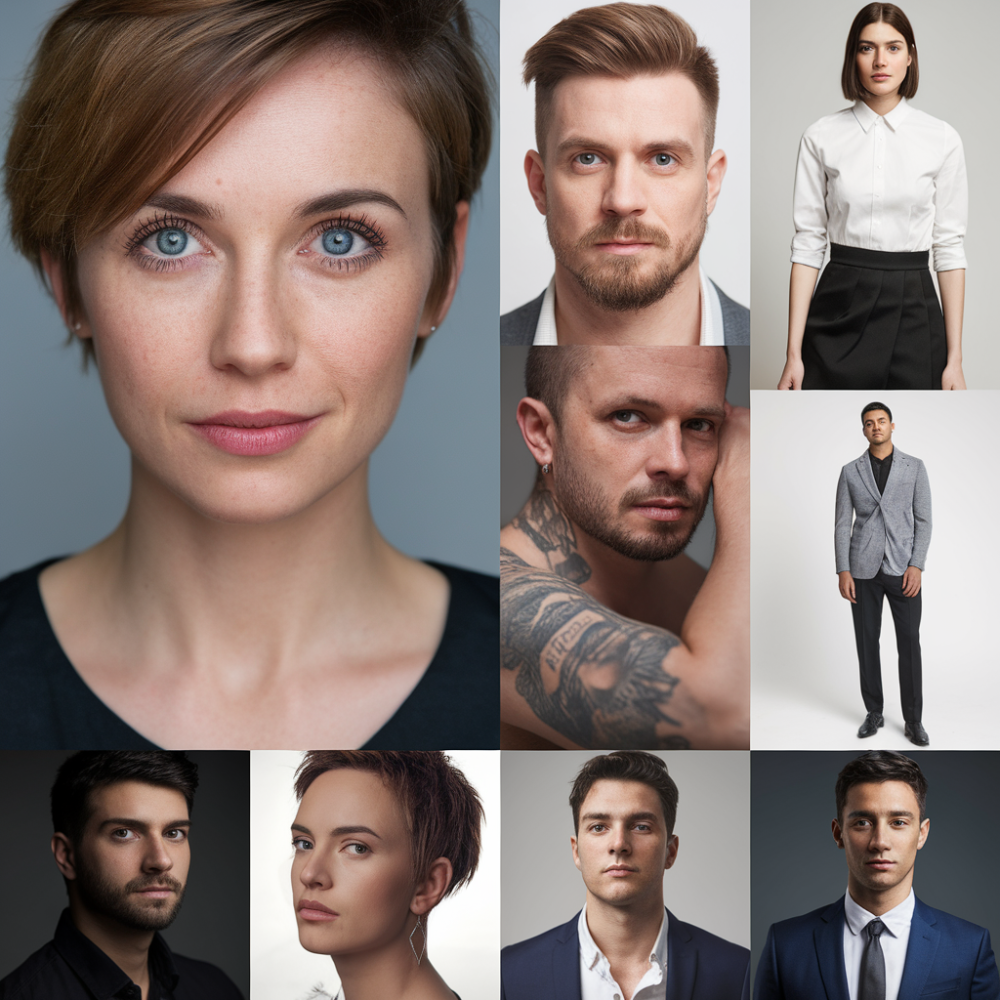
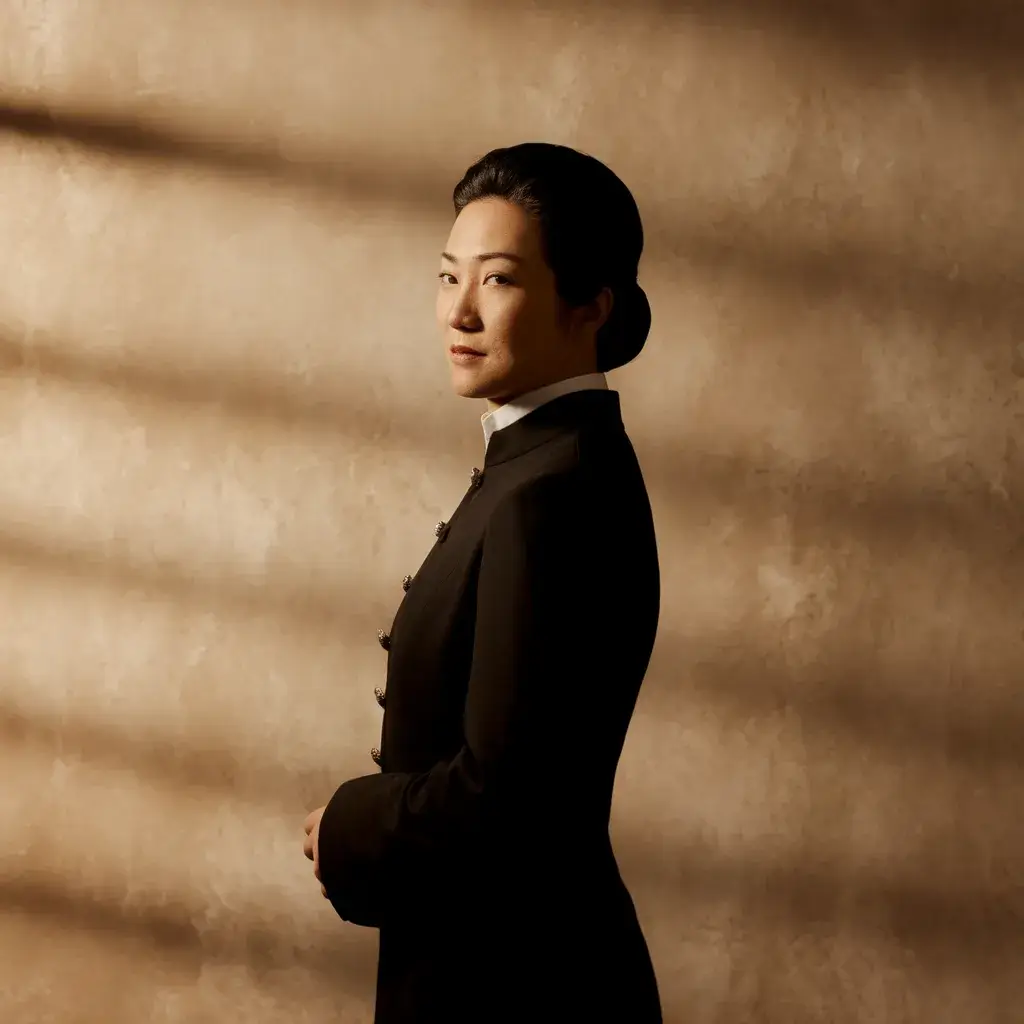
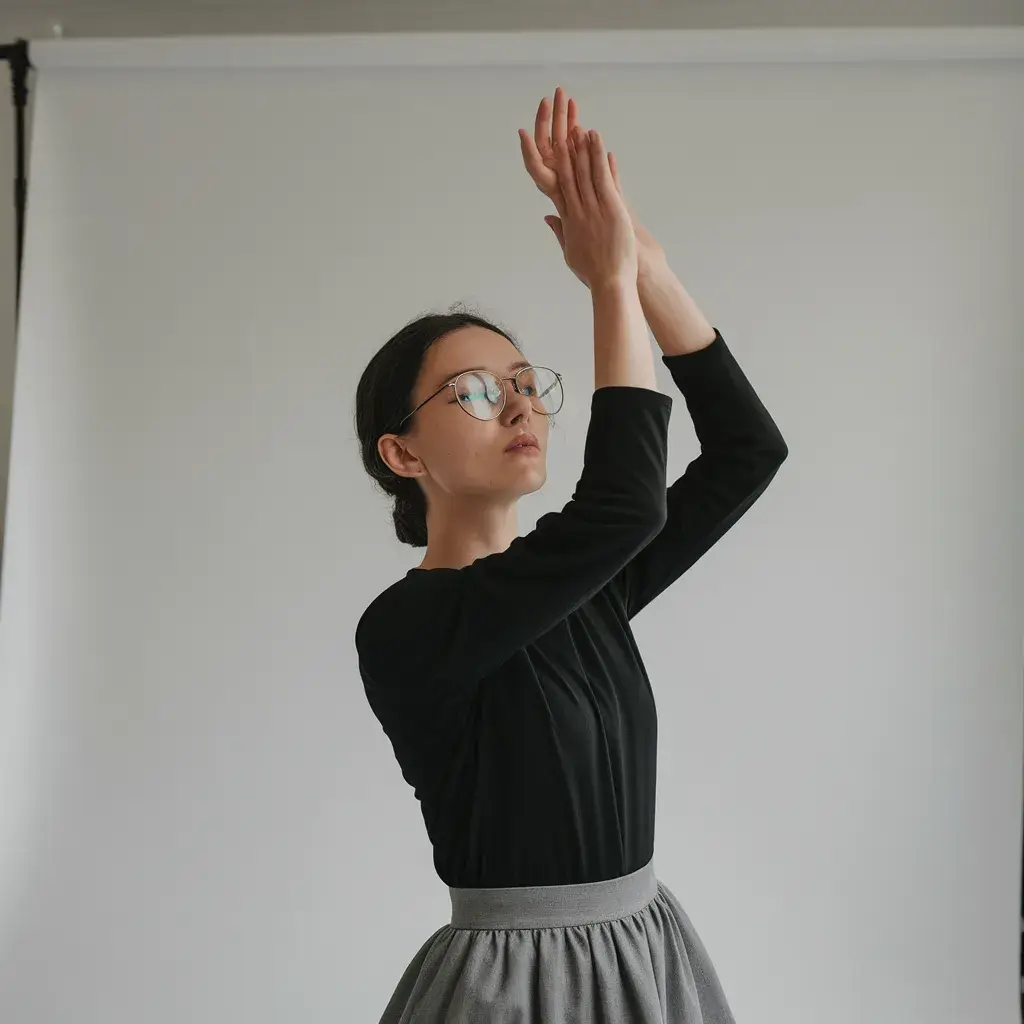
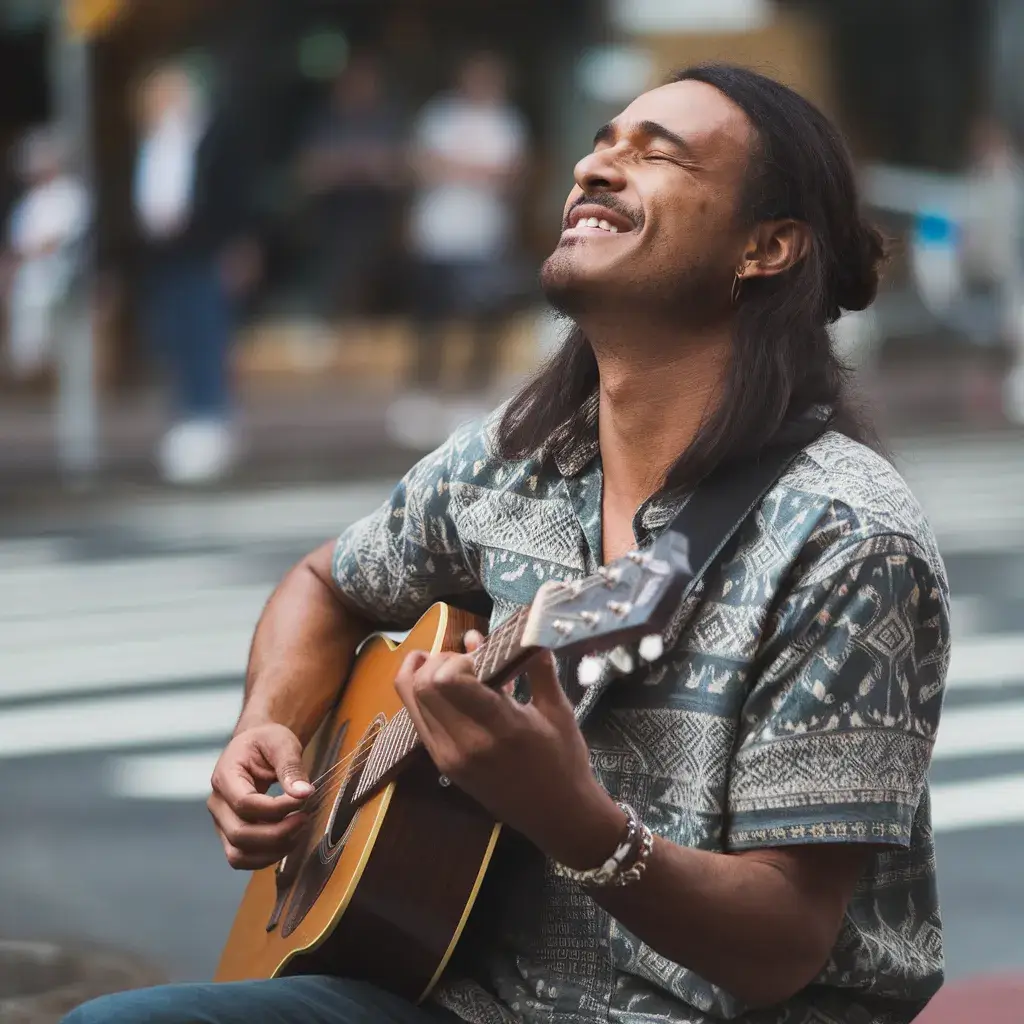
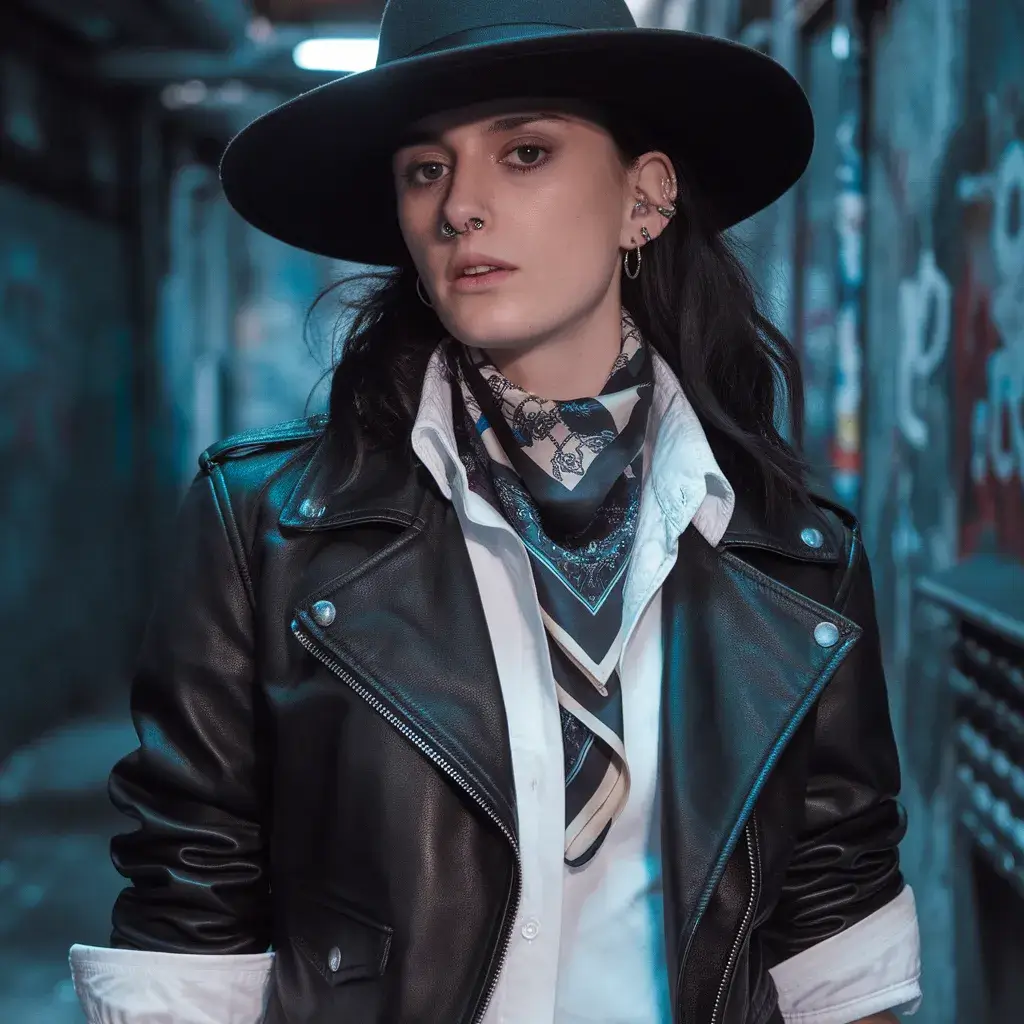
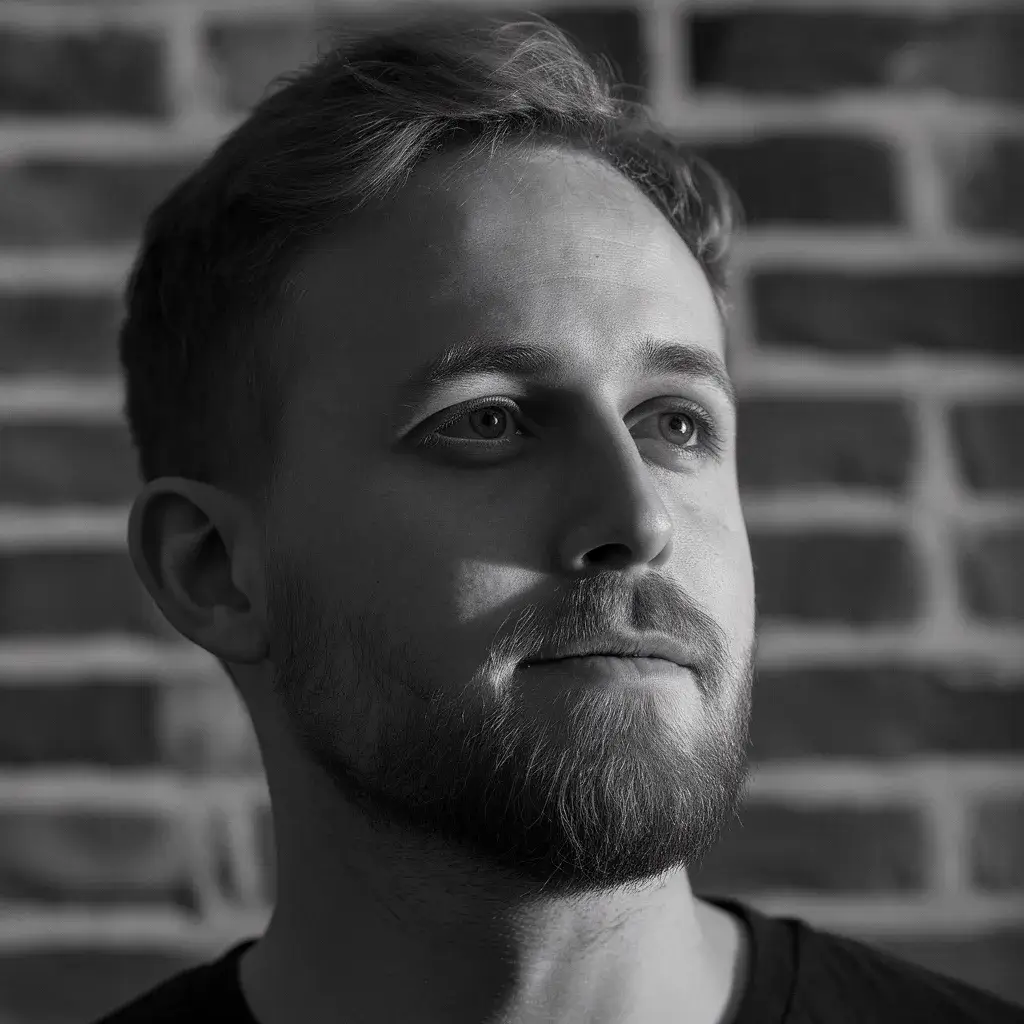
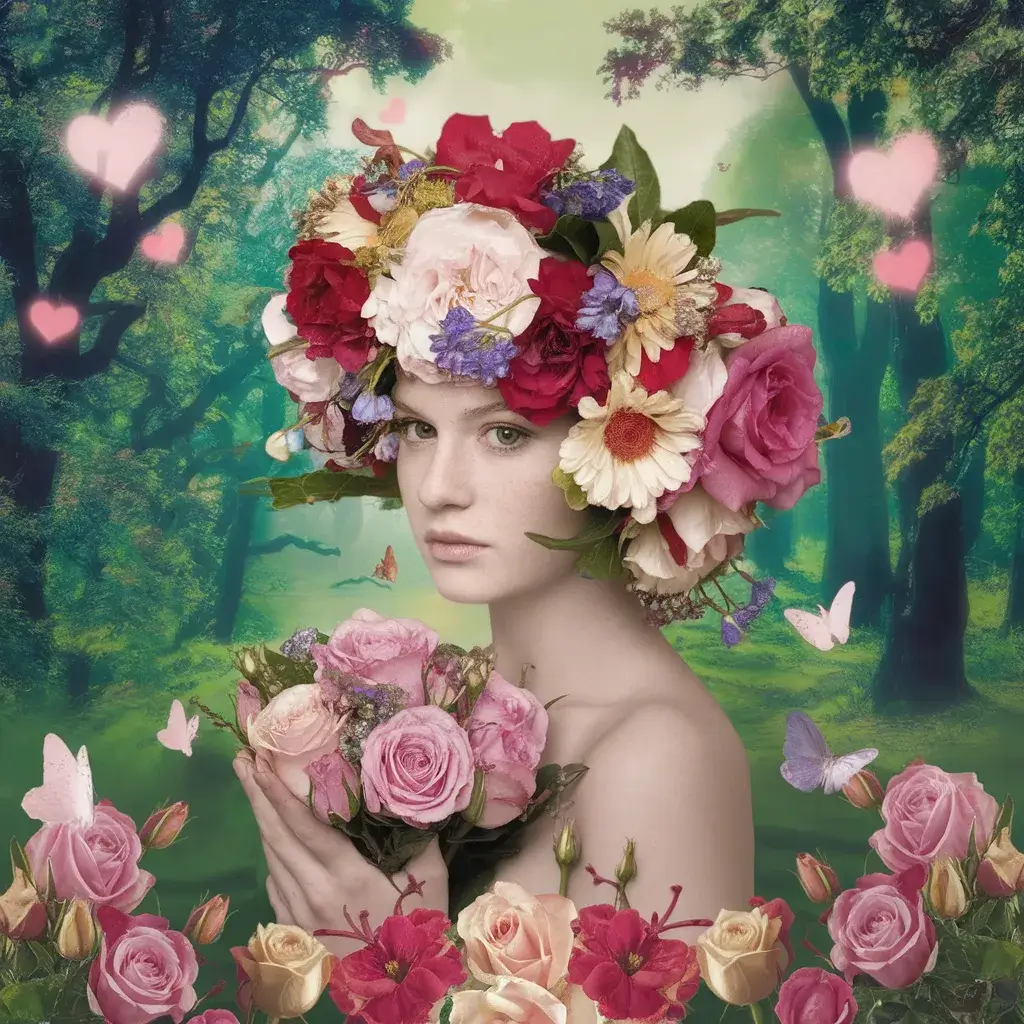
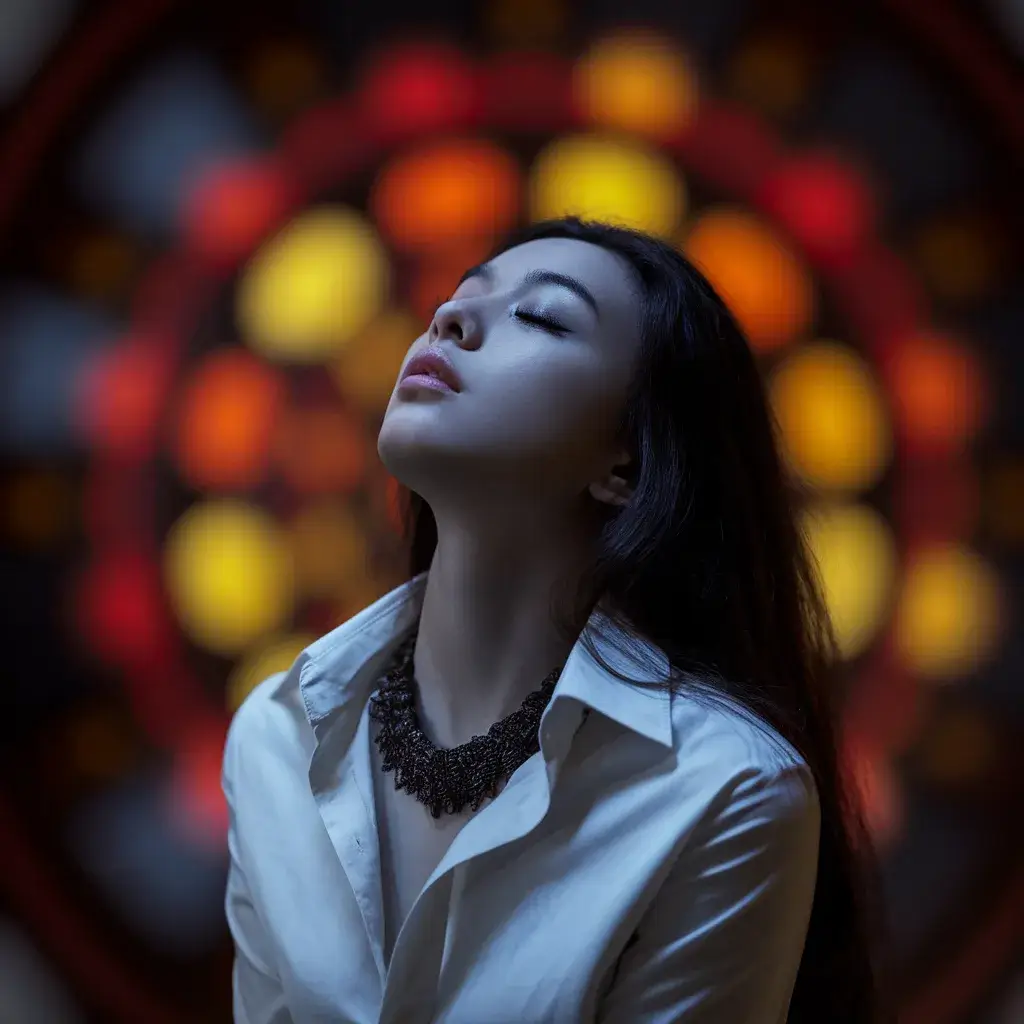
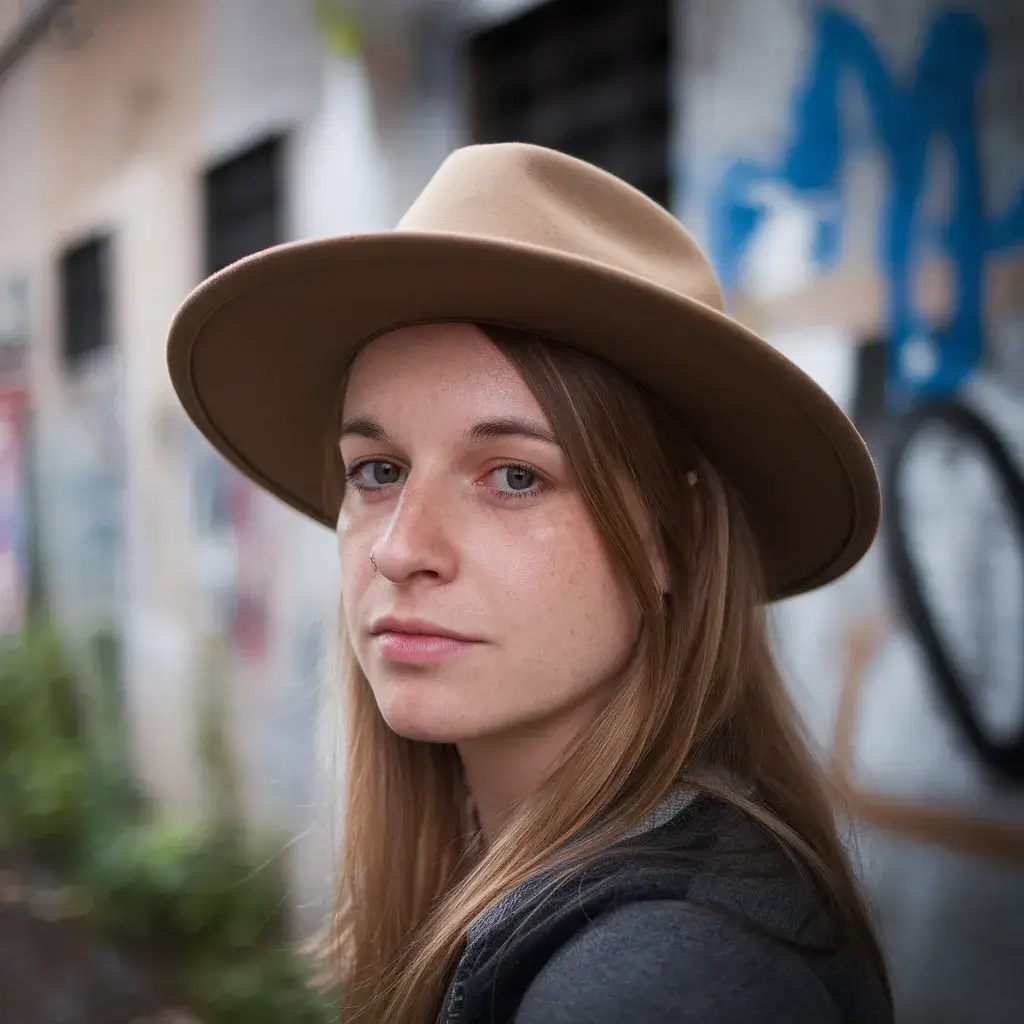
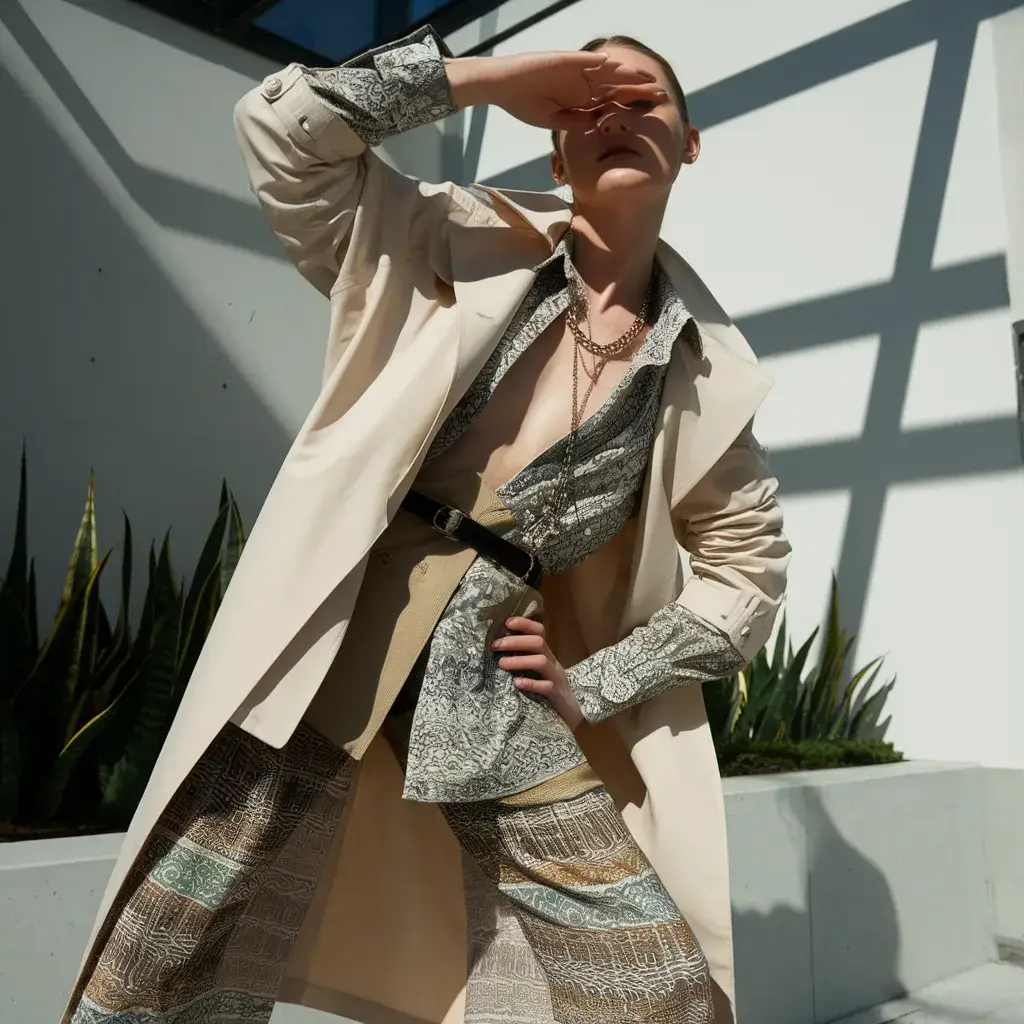
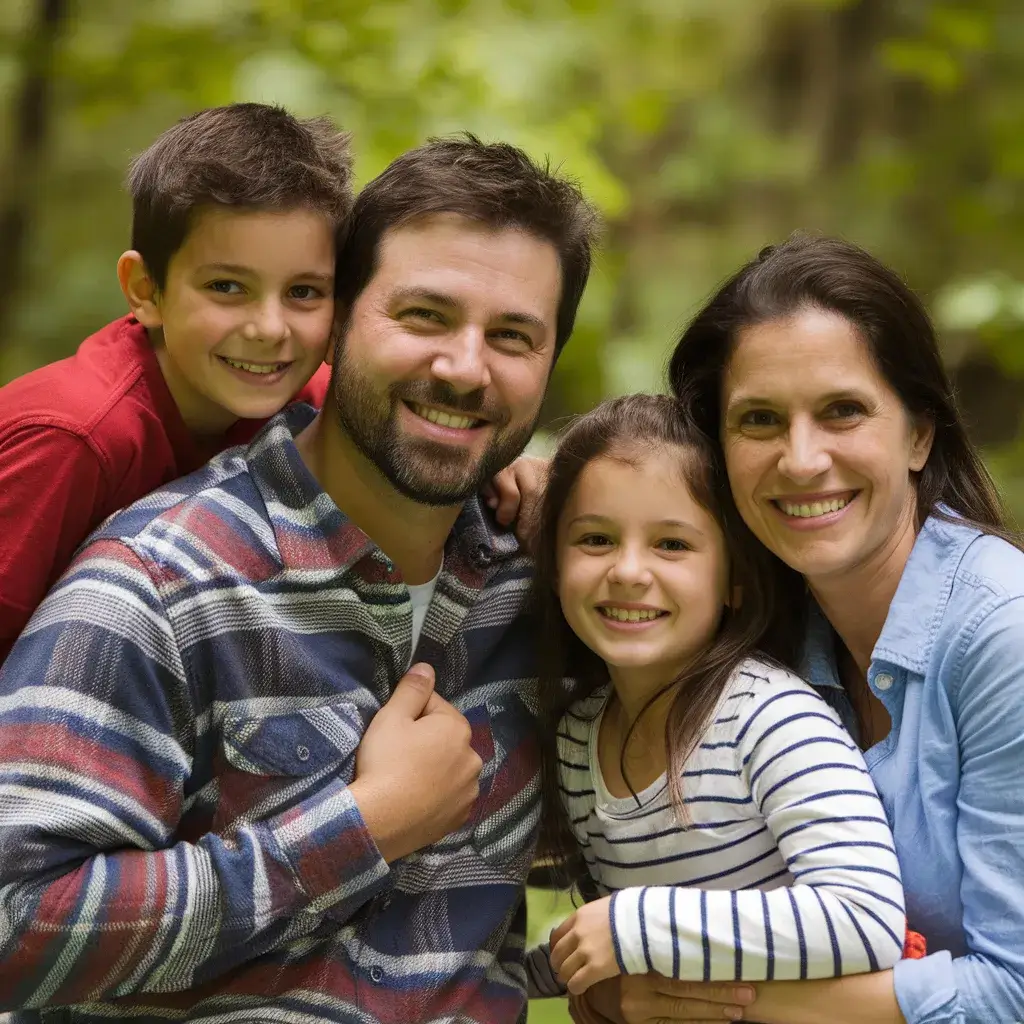

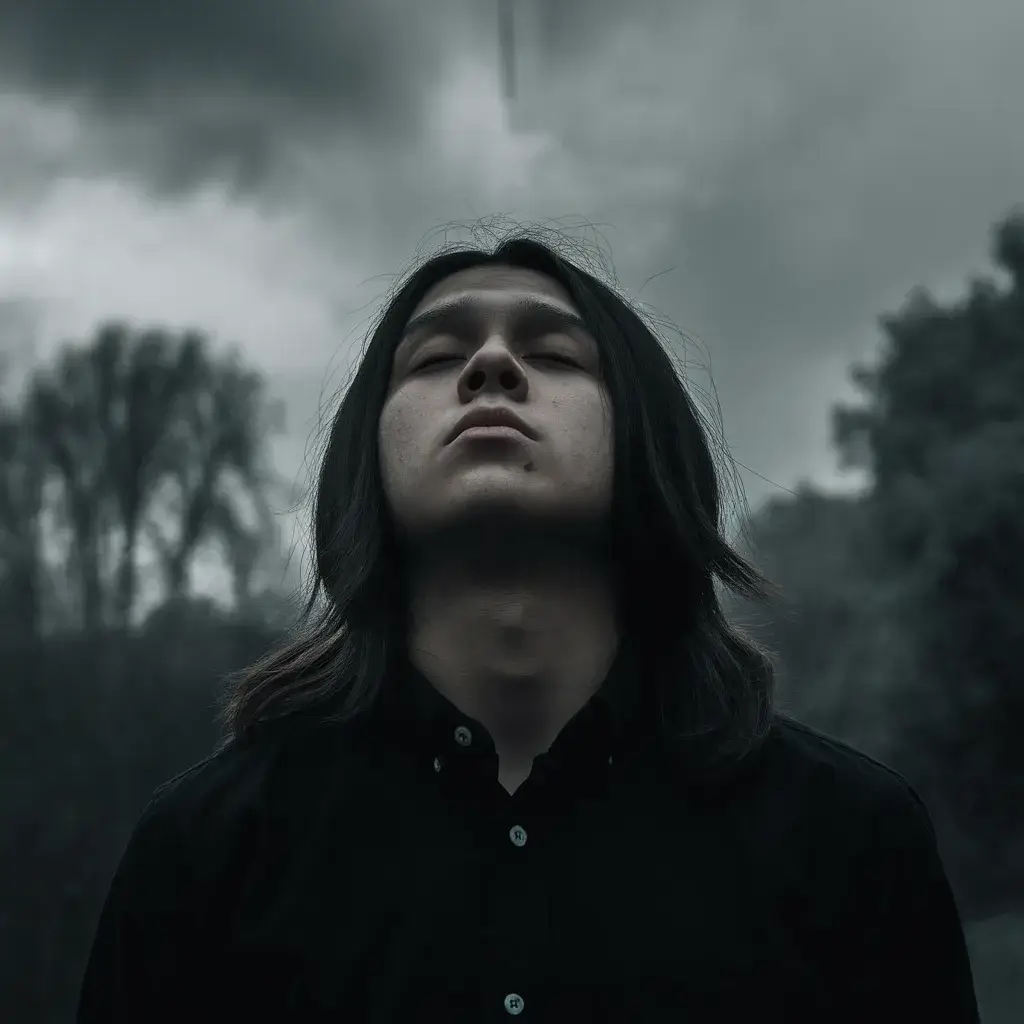
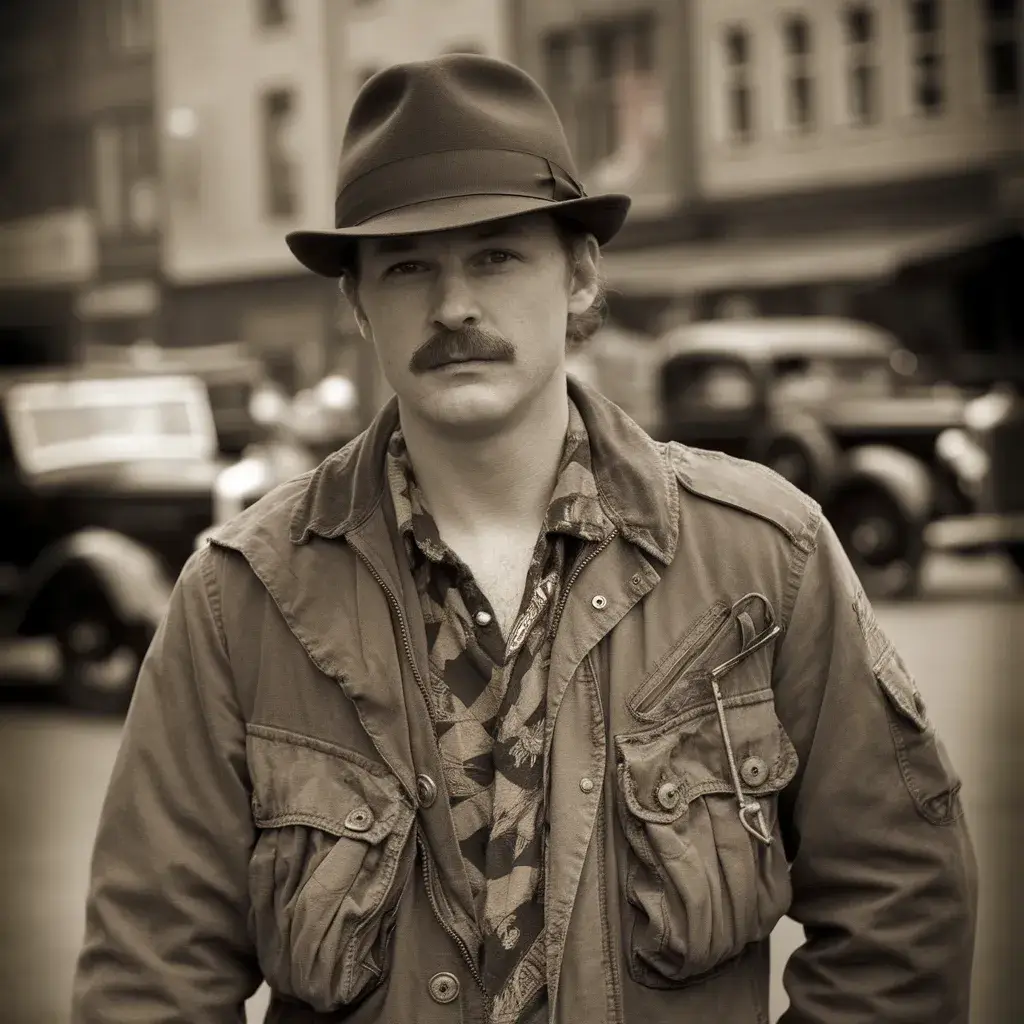
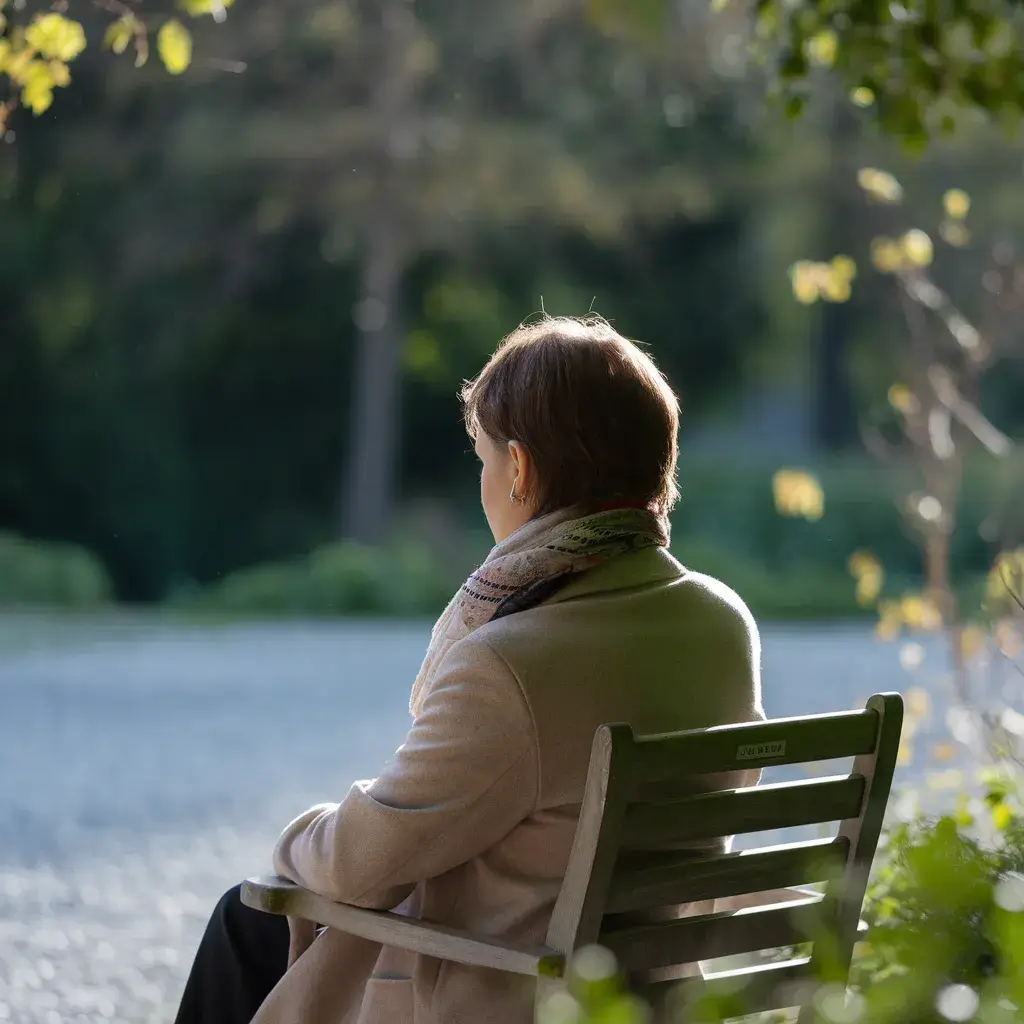
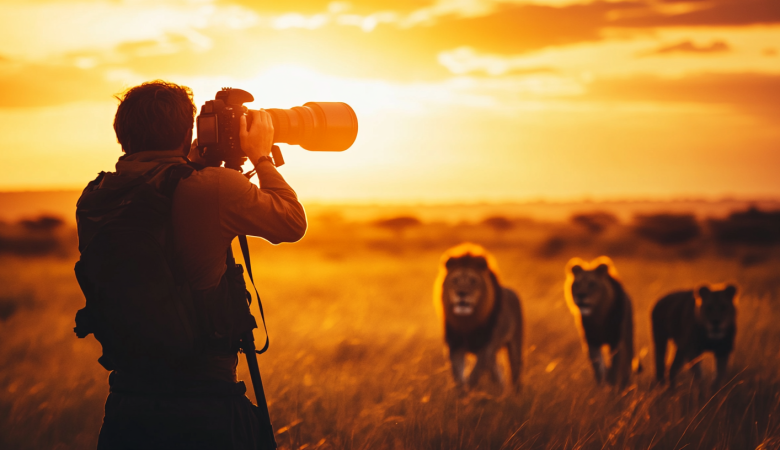
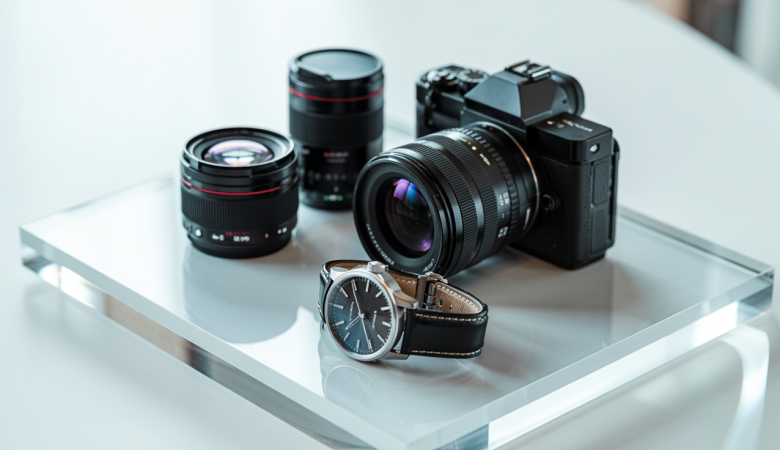
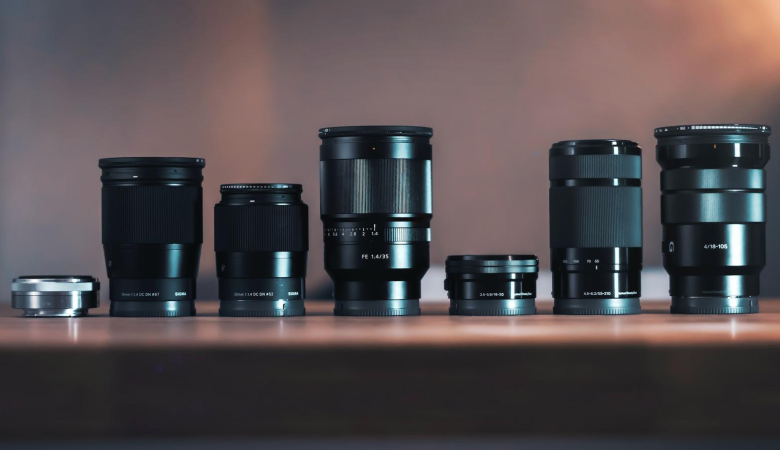
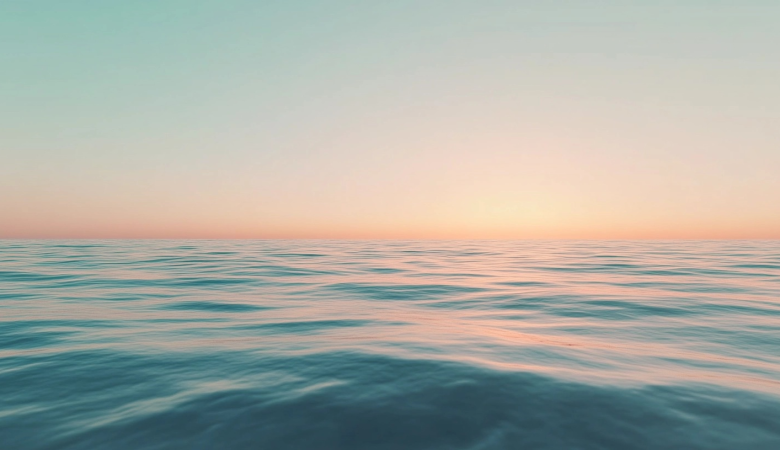
Leave a Reply